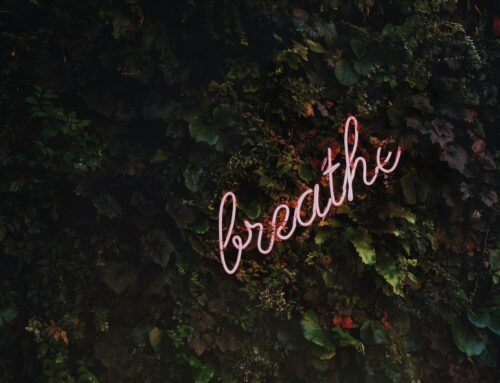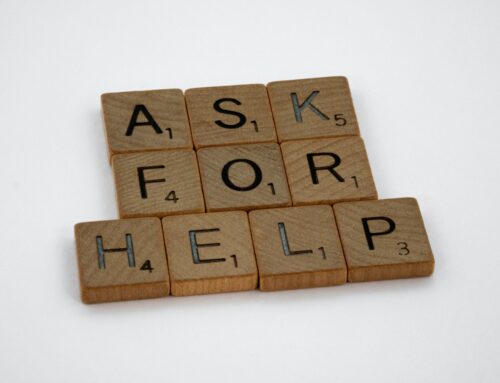Why meditation?
Meditation is a practice that promotes greater awareness, relaxation, clarity, calm, compassion, and mental control. At a biological level, meditation may promote slower heart rate, lower blood pressure, reduced production of the stress hormone cortisol, and increased growth and connectivity of brain cells in the higher functioning brain area of the neo-cortex.
These amazing benefits of meditation support the skills and abilities you need most during times of stress. A consistent, simple meditation practice could improve your ability to cope with the physical stress response, manage emotions, think clearly, stay centered, communicate effectively, and let go of negative thoughts and feelings. The ability to exert mental control, improve self awareness, and remain flexible and open-hearted can contribute to improved resilience. Why not adopt a practice to help you get through the day with a little less wear and tear?
But I’m too stressed, don’t know how, wouldn’t be good at it…
I get it. The thought of sitting crossed-legged on a pillow in silence for 45 – 60 minutes sounds more stressful than relaxing. Besides, in our fast-paced world, who has an hour to sit quietly? But this image of meditation is not what I’m talking about. There are lots of ways to meditate. I’m suggesting something brief and simple, yet very helpful. Everyone has five or ten minutes. That’s all you’ll need for now. Five to ten minutes, the intention to meditate consistently, an open mind to the possible benefits, an open heart to healing, and a smile. Ok, I just added the smile part for fun. Because I think we could all benefit from smiling more. Studies even suggest that mood can improve when we force ourselves to smile because the facial muscles that control our ability to smile actually trigger production of anti-depressing brain chemicals. I find that fascinating! As a side benefit, you’ll also look more attractive. But I digress….
Give it a try!*
- Find a time: first thing in the morning, during a work break, on a walk, before bed.
- Get comfortable: sit upright in a chair, feel comfortable in your clothes, eliminate distractions (noise, electronics, close your eyes to visual distractions).
- Focus on your breathing.
- Inhale and exhale through your nose
- Inhale deeply so that your belly rises
- Count your breathes– Inhale 1, Exhale 2, Inhale 3, Exhale 4 and so on.
- If you notice muscle tension, as you inhale contract that muscle group, then as you exhale, release the muscles and notice the tension flowing away from your body.
- As you notice thoughts come into your mind, imagine putting the thought into a cloud in the sky and then watching the cloud slowly drift past you. Continue to do this as you breathe when new thoughts arise. This allows you to notice your thoughts from a distance and allows you to practice shifting your attention from your thoughts back to counting your breaths.
- After several minutes of this, slowly and gently take another deep breathe with a long, slow exhale. Then another of these deep breathes.
- Open your eyes and breathe, slowly reorienting to the room.
- Breathe, smile.
Notice how you’re feeling after this exercise. Hopefully, you will feel just a little bit more relaxed, positive, and peaceful. It is also possible that strong thoughts or feelings might arise as you quiet your mind and open your heart. Seek the support of family, friends, and/or a therapist if this happens and you need additional help coping. Pain and healing are a natural part of life. Meditation can be a helpful resource to manage stress, heal from loss, and build resilience.
*check with your doctor before you begin any new physical activity.




